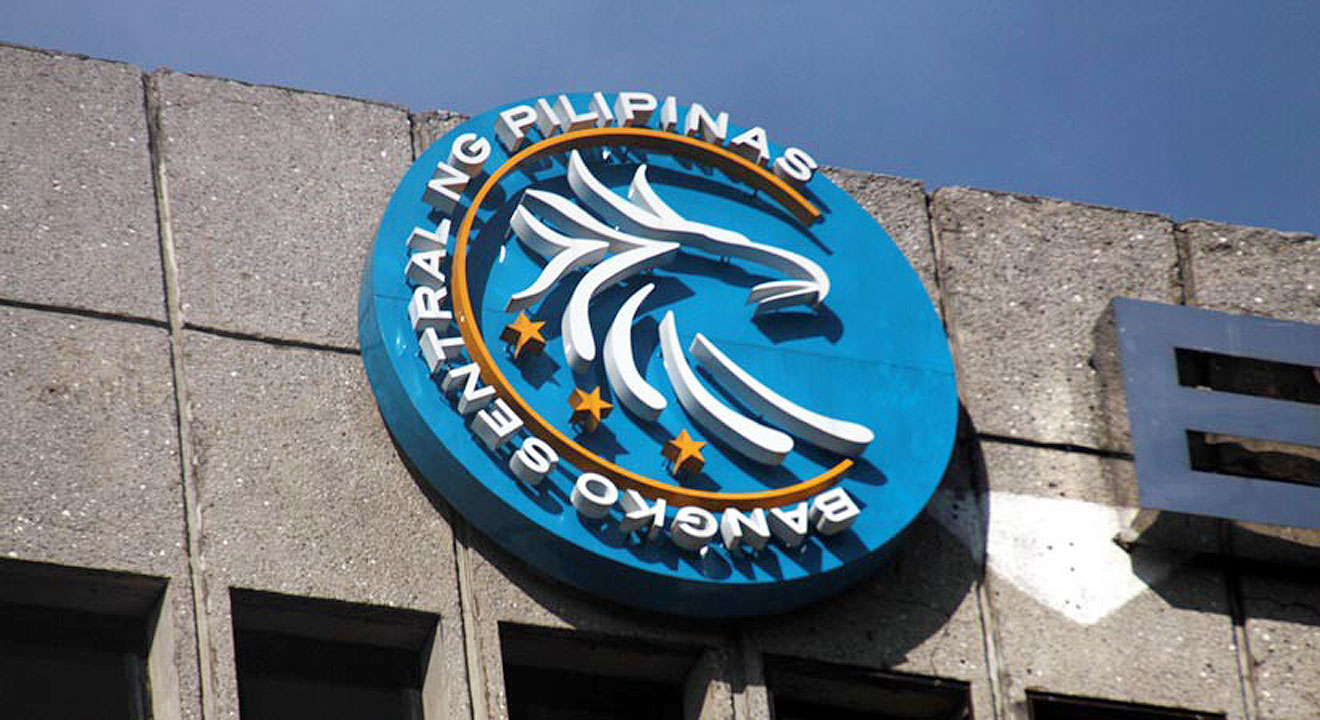The OUTSTANDING external debt at the end of June was at its highest level since at least 2011, according to the Bangko Sentral ng Pilipinas (BSP), as government spending in the event of a pandemic continues to rise as the peso s’ weakens.
BSP data released Friday night showed a 15.7 percent year-on-year increase in external debt to $ 101.2 billion. It was 4.3% higher than at the end of March.
BSP’s debt level was at its highest since at least the end of 2011, according to bank data.
The level at the end of June brought the ratio of external debt to gross domestic product to 26.5%, down from the 26.6% posted at the end of March.
External debt includes all types of borrowing by residents from non-residents.
The BSP said the government continued to raise funds throughout the pandemic, issuing euro and samurai bonds worth $ 3 billion. He added that he had contracted an additional $ 1.3 billion from multilateral and bilateral creditors during the period.
The year-over-year increase in debt levels has been attributed to net cash availability of $ 14.4 billion, mainly from the national government and private non-bank organizations, as well as a reassessment of funds. currency of $ 205 million due to the weaker peso.
External debt reflects attempts “to support spending that will stimulate the economy,” said Emmanuel J. Lopez, dean of the Colegio de San Juan de Letran college.
“Added to this is the continued depreciation of the peso against the dollar which has naturally increased the value of our external debt,” Lopez said in a Viber message.
The peso has traded in the P49 to P50 range in recent weeks. It closed at 48.80 P to the dollar on June 30, weakening 77.7 centavos or 1.61% from its P48.023 finish on December 29, 2020.
The debt service ratio, or principal and interest payments as a proportion of export earnings and primary income, rose to 9.4 percent from 8.4 percent a year earlier.
In the June quarter, the public sector’s external debt stood at $ 59.9 billion, up 5.45% from the previous quarter. Some $ 54.3 billion was in national government borrowing, while the remaining $ 5.7 billion was in debt incurred by state-owned and controlled companies, government financial institutions and the BSP.
Private sector debt rose 2.5% quarter on quarter to $ 41.3 billion at the end of June. The increase is due to adjustments of $ 954 million from previous periods by non-private banks and net cash of $ 123 million, BSP said.
The main creditor countries were Japan ($ 15.2 billion), the Netherlands ($ 3.3 billion); and the United States ($ 3.3 billion). BSP said the creditors’ mix continues to be suitably diverse.
The government is targeting an 85:15 funding mix this year, in favor of domestic borrowing. Before the pandemic, the applicable ratio was 75:25.
Rizal Commercial Banking Corp. said it was possible to take on more foreign debt if needed, as the government managed the currency risk.
“There is still some leeway to increase the country’s external debt after years of cautious financing the budget deficit, especially for various COVID-19 (2019 coronavirus disease) programs, including vaccines and boosters in months / years to come, â€Michael L. Ricafort, the bank’s chief economist, said in a Viber message. – Luz Wendy T. Noble

